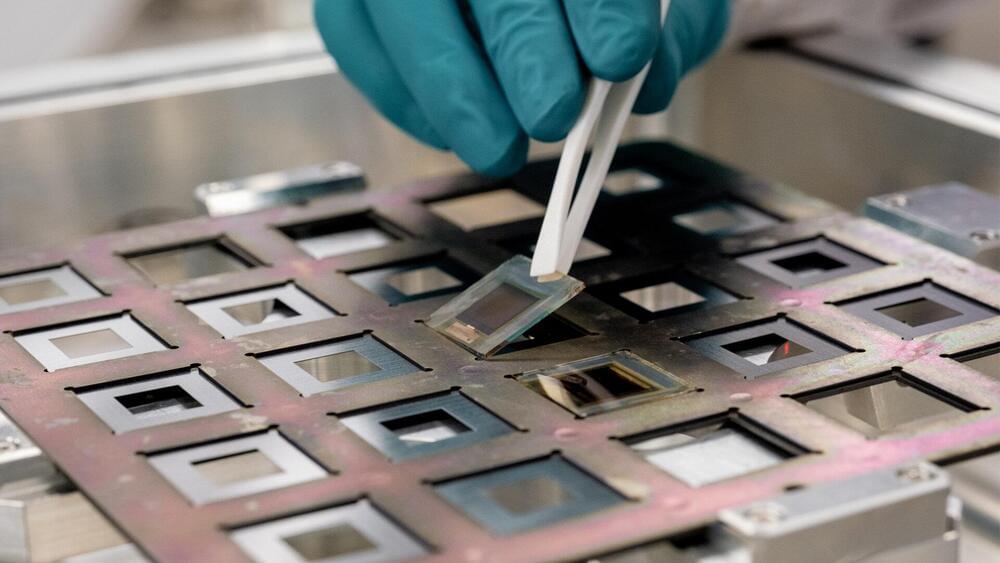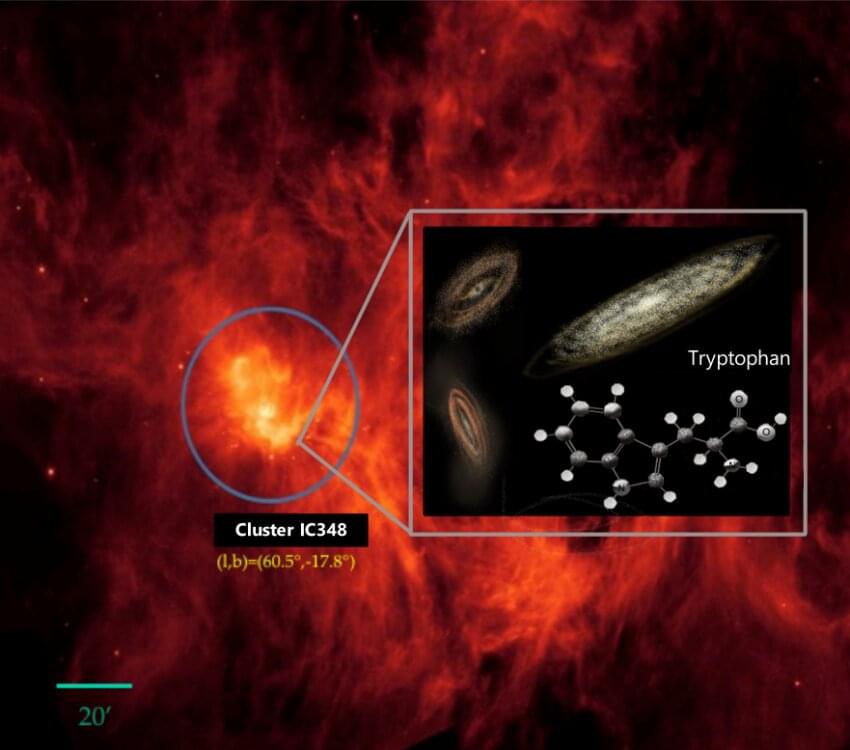Jun 24, 2023
Octo-eyes: Unraveling Octopus Vision with Neural Mapping
Posted by Jose Ruben Rodriguez Fuentes in categories: evolution, mapping, neuroscience
Summary: Researchers mapped neural activity in an octopus’s visual system, revealing striking similarities to humans.
The team observed neural responses to light and dark spots, thereby creating a map resembling the organization of the human brain. Interestingly, octopuses and humans last shared a common ancestor around 500 million years ago, suggesting independent evolution of such complex visual systems.
These findings contribute greatly to our understanding of cephalopod vision and brain structure.

















